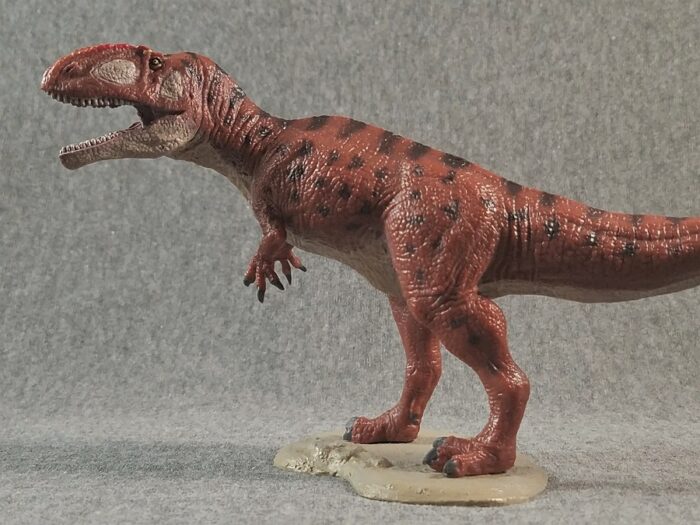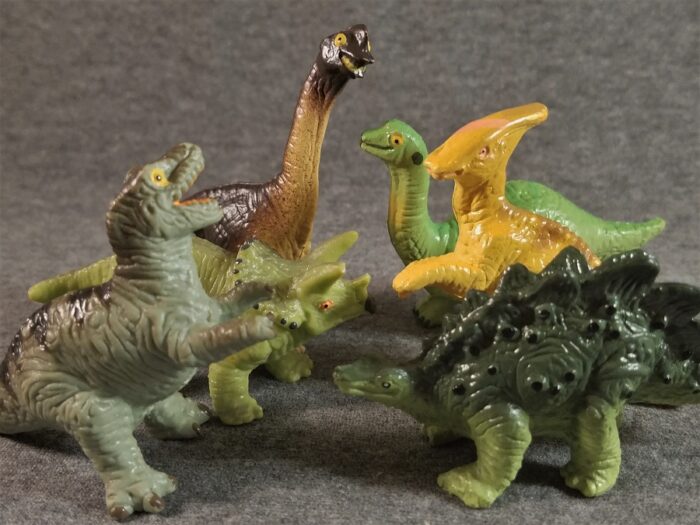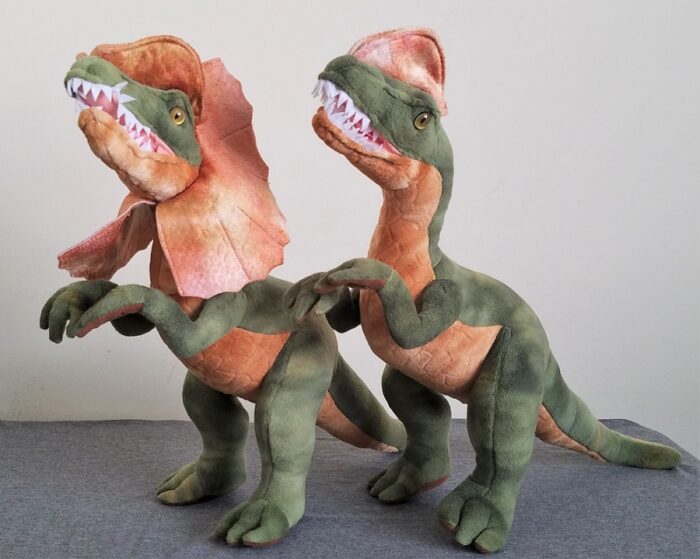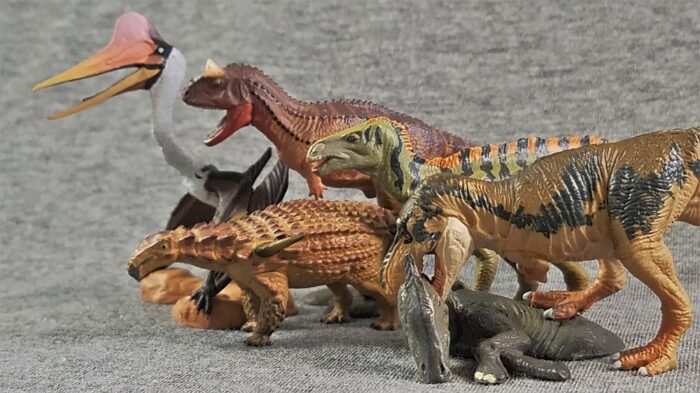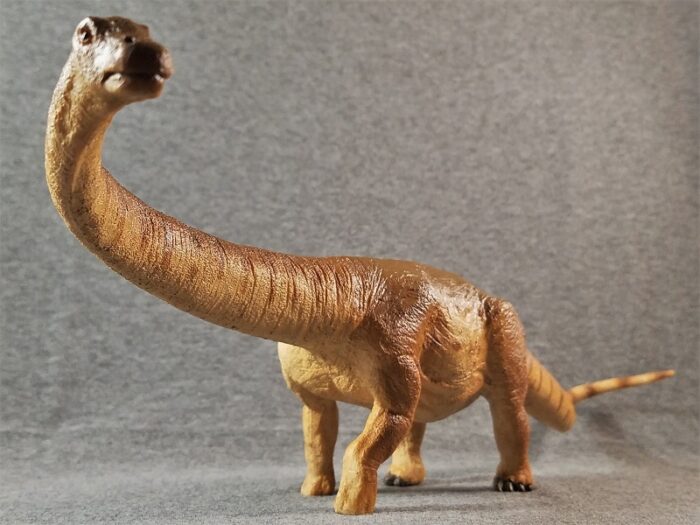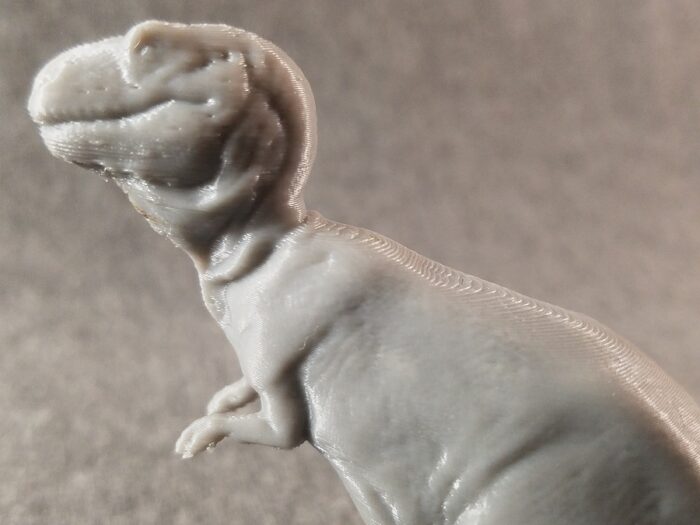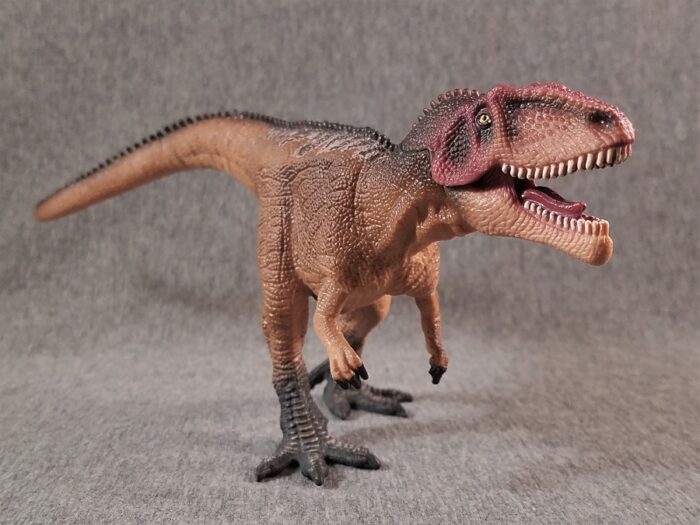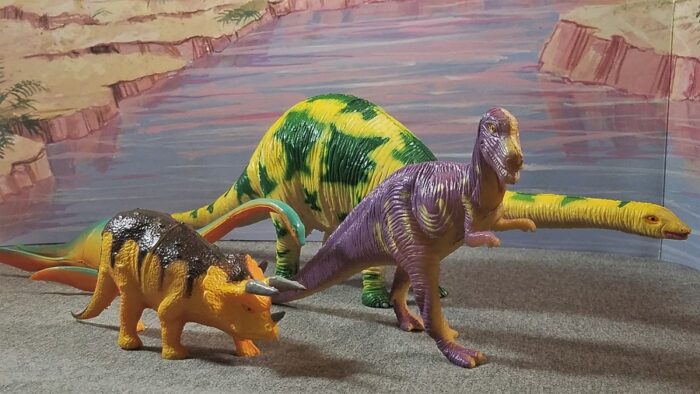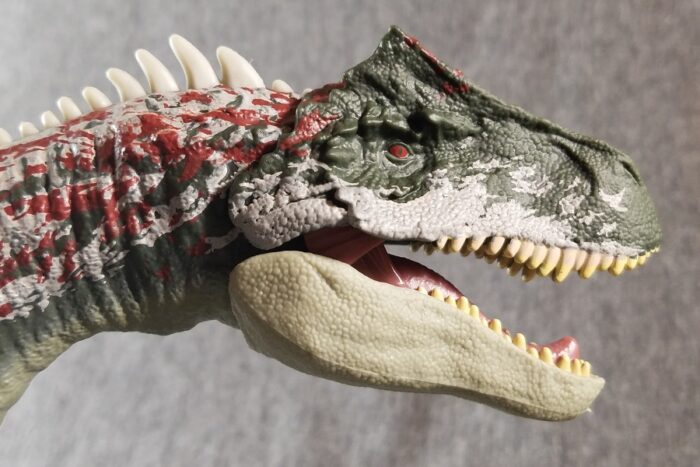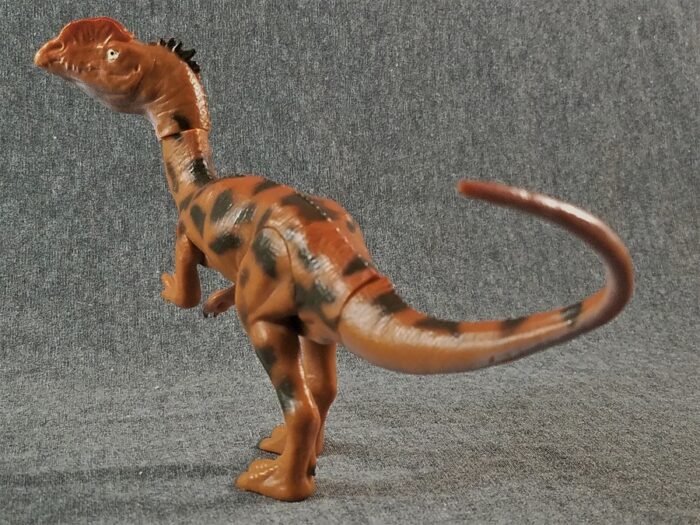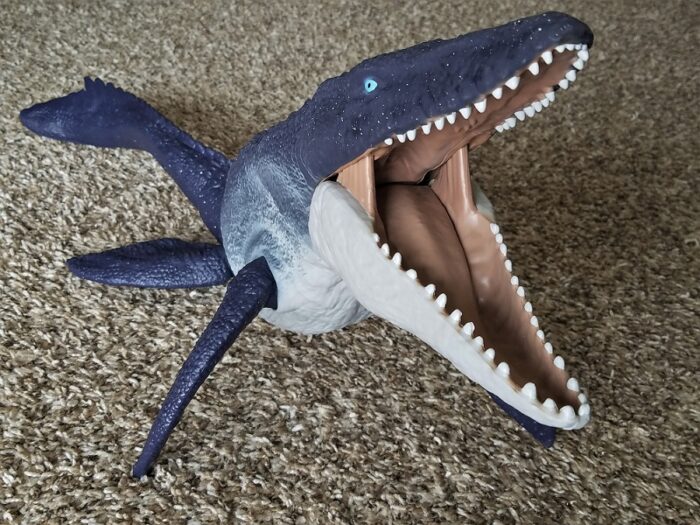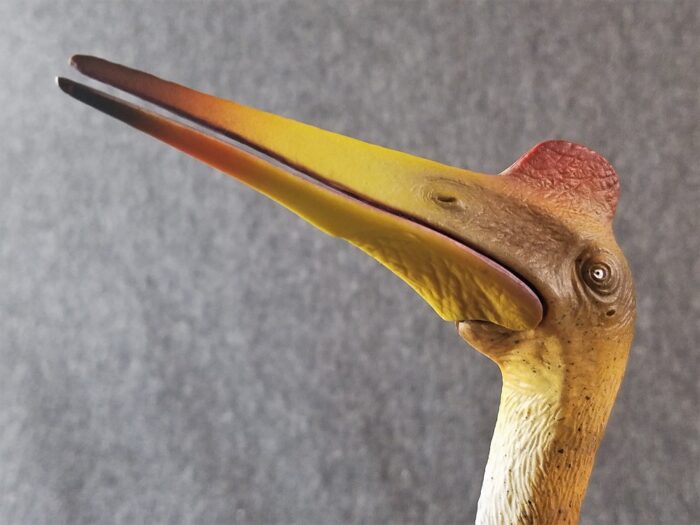Although we aren’t short on good-quality Giganotosaurus toys these days, Favorite’s new take is a worthwhile rendition with a few unique traits of its own.
Giganotosaurus (Giant Southern Lizard) might not stand within the most famous ring of dinosaur genera, but I’d say it’s hardly obscure by this point in history.

 An aspiring artist, Fembrogon (who goes by Eric in real life) has been drawing dinosaurs and strange creatures since he was capable of walking and talking, and probably will be for a long time to come. Although energetic and admittedly absent-minded at times,
An aspiring artist, Fembrogon (who goes by Eric in real life) has been drawing dinosaurs and strange creatures since he was capable of walking and talking, and probably will be for a long time to come. Although energetic and admittedly absent-minded at times, 